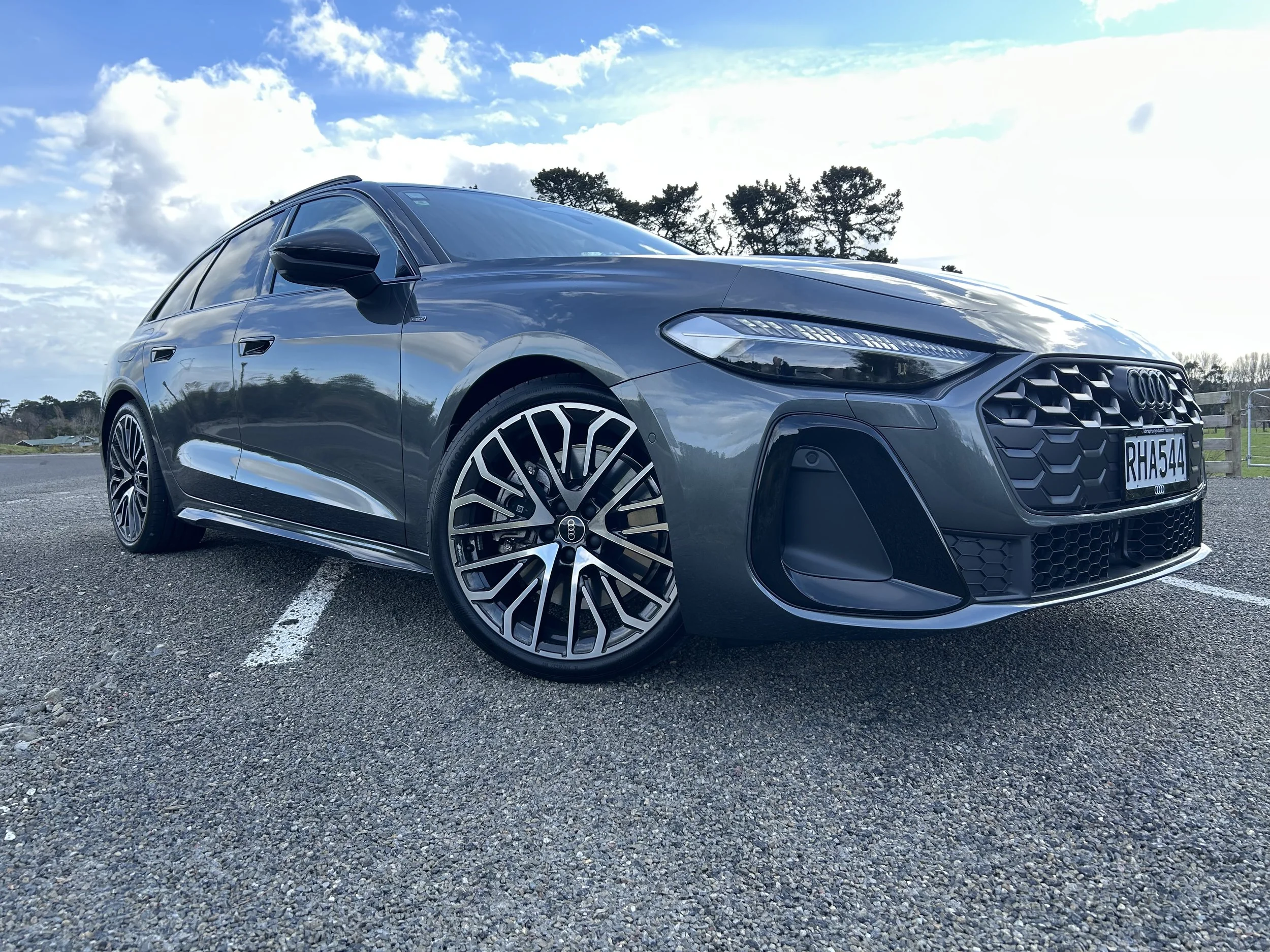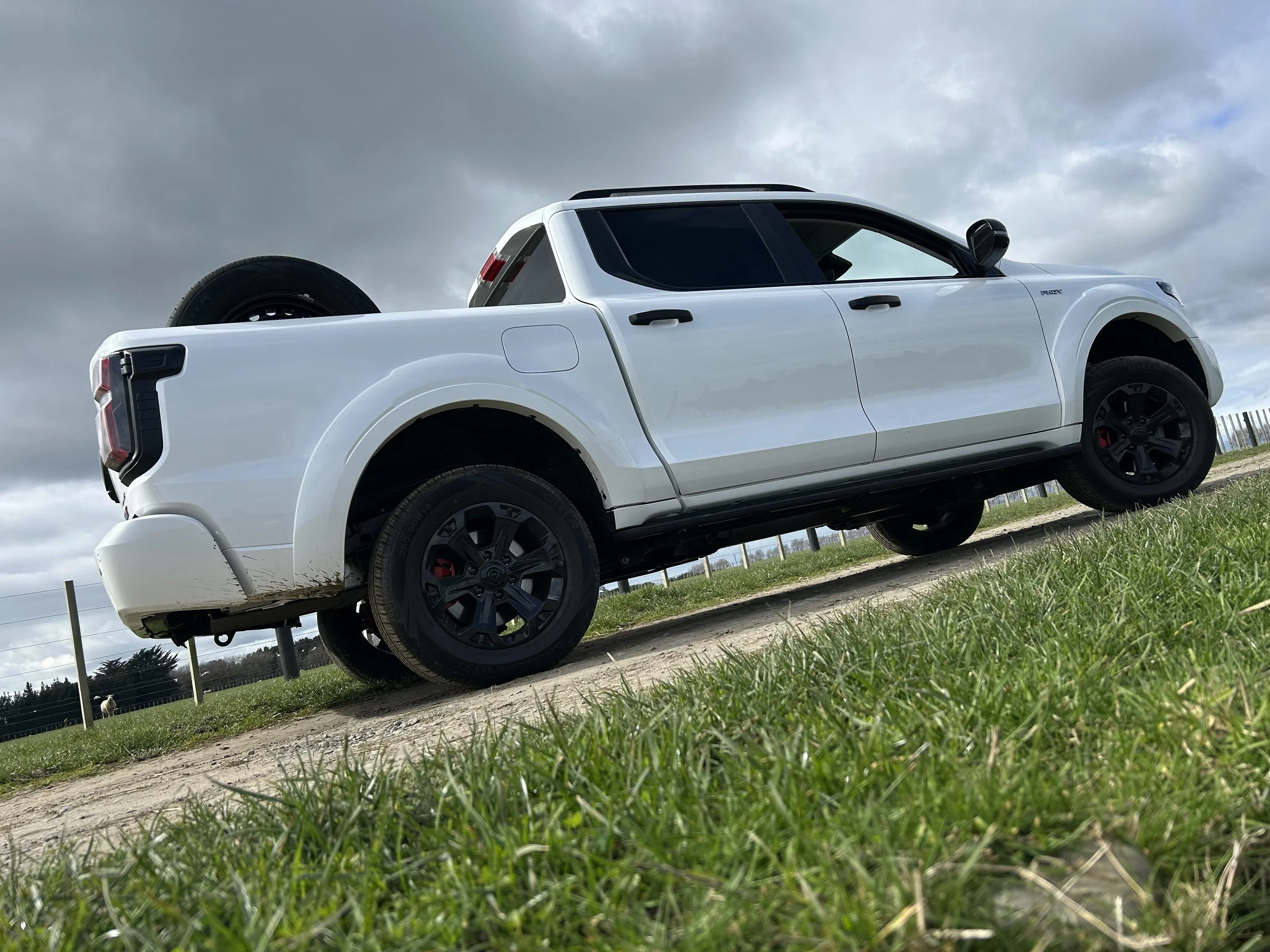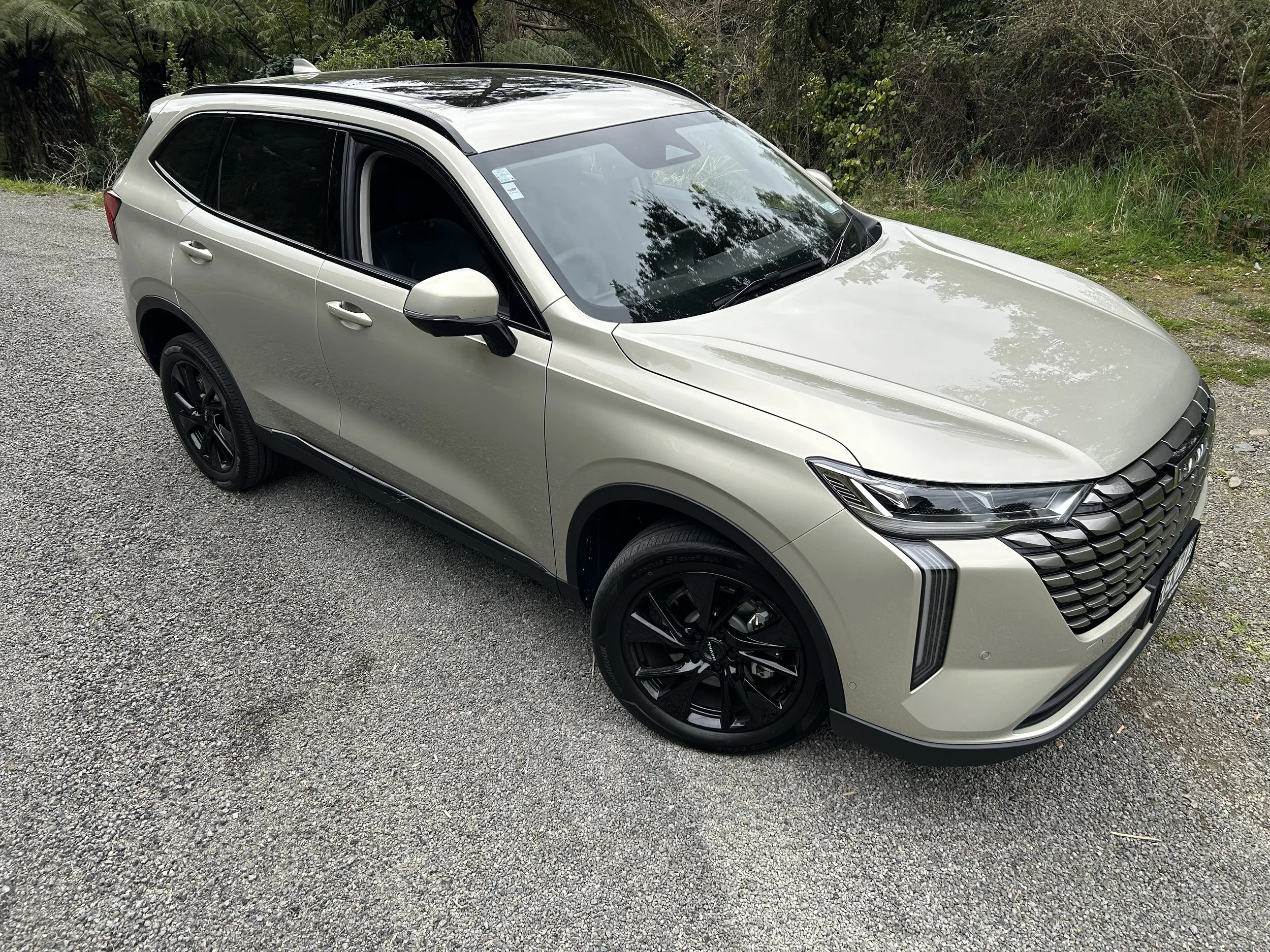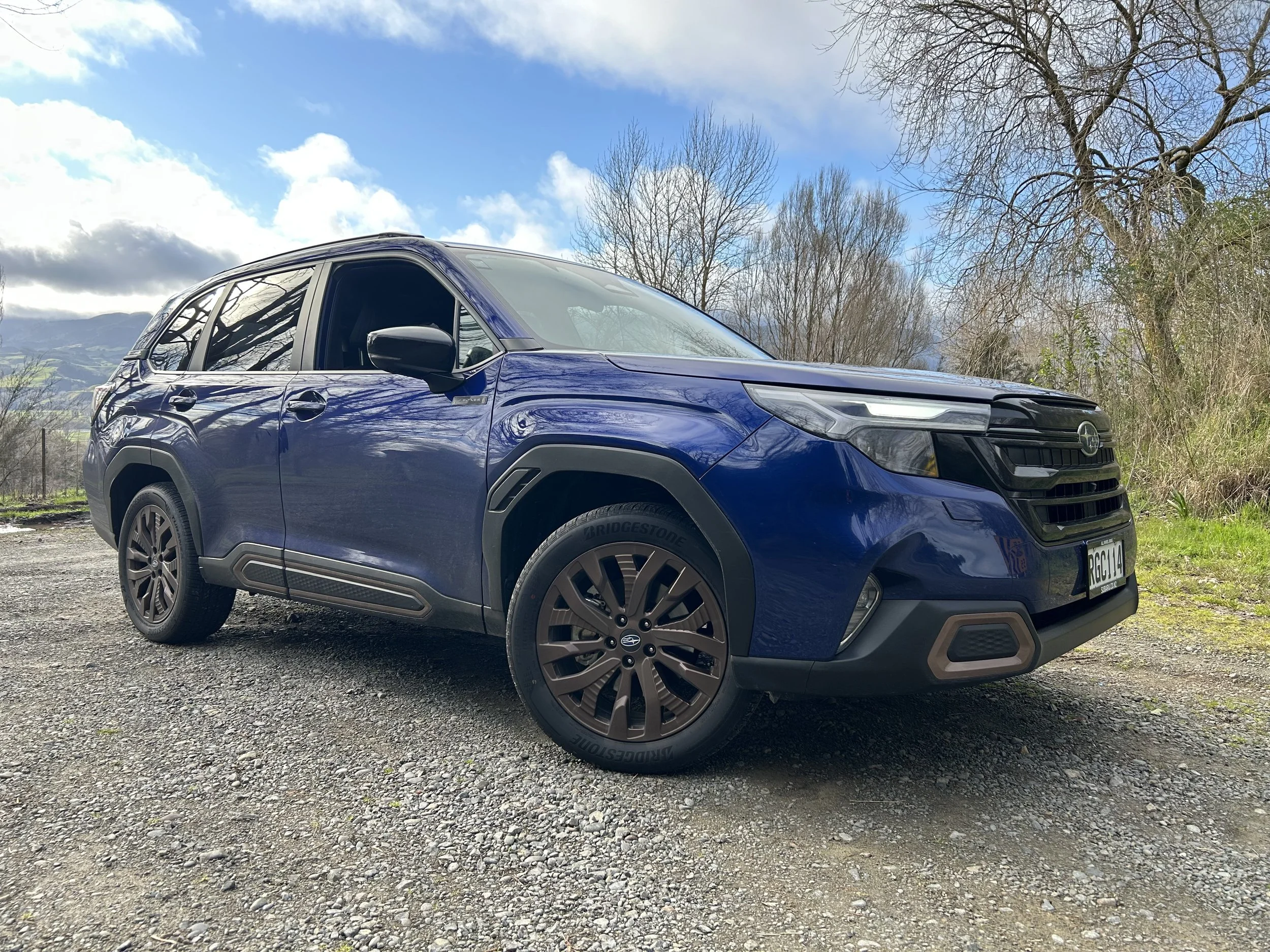Five star score for impending Mazda
/ANCAP result for CX-60 from a test conducted to 2022 protocol.
ADOPTION by the New Zealand crash test authority of sister organisation’s score has been useful overall for a Mazda sports utility that’s close to release.
The CX-60 that is about to come into the market in six-cylinder and four-cylinder petrol formats, that latter with hybrid assistance, has been given a strong five star rating by the Australasian New Car Assessment Programme (ANCAP), which bases in Australia but is part-funded by the New Zealand government and other agencies.
The scoring highlights that the new model, which is similar in look to the popular CX-5 sports utility but slightly larger, delivers a strong child occupant protection performance, but also suggests the Hiroshima maker could have done a bit better in some respects.
ANCAP’s determinations are often from its own testing, at a facility in Melbourne, but in this case it has taken up another common option, to adopt a determination established by its sister organisation based in Europe.
This has relevance because the Euro NCAP test, and its outcomes, were sorted last year, under protocols that were established in 2020 but then toughened for 2023, after the test was conducted.
ANCAP is not saying if the car would have performed any differently under the new regime.
It says the rating it has determined apples to all variants - meaning it also applies to the six-cylinder diesel type, which Mazda NZ is not adopting yet has come in nonetheless, as a parallel import via a Mazda dealership.
The child occupant protection and vulnerable road user protection scores of 93 and 89 percent are supported by an adult occupant protection score of 91 percent and safety assist score of 77.
The safety assist mark, ANCAP says, largely came down to what they deemed ‘marginal’ performance by the CX-60’s emergency lane-keeping suite in more advanced testing scenarios.
ANCAP gives the car ‘adequate’ and ‘marginal’ protection for the chest and legs of the driver in the frontal offset crash test, in which penalties were applied for potential knee injury risk for occupants of different sizes and statures, as well as “incorrect knee airbag deployment”.
The rest of the CX-60’s physical crash tests otherwise yielded ‘good’ and top marks across the board.
“The CX-60 will be a welcome and safe addition to the medium SUV segment and provide varied choice to customers looking for a safe and environmentally friendly vehicle,” said ANCAP CEO Carla Hoorweg.
The car is the first of several all-new medium and large SUVs from the Japanese car-maker. The 3.3-litre turbo-petrol straight six engine also goes into the larger CX-90, also due this year. The CX-60 also has a 2.5-litre PHEV system.
The car runs a rear-biased all-wheel drive system.



















